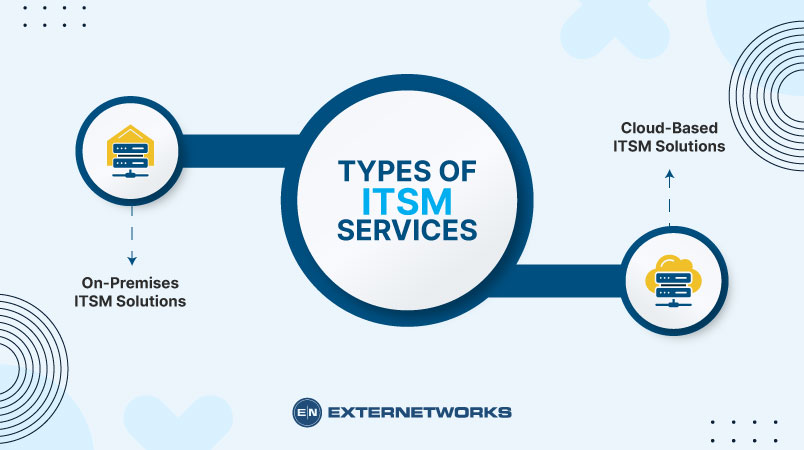28.4k views
IT Service Management (ITSM) is an umbrella term that includes several frameworks. These frameworks are designed to help companies manage the delivery of IT services to customers. In addition to assisting businesses in delivering value to customers, ITSM helps companies meet regulatory requirements, comply with internal standards and reduce operational risks.
Information technology (IT) service management is an organization’s activity to manage the delivery of IT services to its end users. These services may include software products, hardware devices, networks, and other technologies. IT Service Management (ITSM) is defined as “the processes, practices, methodologies, tools, techniques, and procedures used by organizations to plan, execute, monitor and control the delivery of IT services.” It encompasses all aspects of managing IT services, including planning, budgeting, implementation, operation, monitoring, and improvement.
IT Service Management (ITSM) is a process to manage an organization’s information technology (IT). ITSM aims to help businesses improve their IT performance through continuous improvement, and ITSM focuses on delivering value to the company, not on providing functionality.
To effectively manage IT systems, it’s important to understand them. For example, if you have a networked server in your office, you must know how to configure the operating system to work correctly. Similarly, if you have a database application installed on your computer, you must be able to access the database administrator tool to perform routine tasks like backups and restores.
IT professionals spend countless hours each year dealing with problems caused by poorly designed applications, outdated hardware, and other issues. In addition, no one person has complete knowledge about every aspect of your IT environment. By using ITSM, you can centralize this knowledge into one place, allowing you to make better decisions regarding your IT investments.

ITSM solutions come in two primary forms: On-Premises and Cloud Based. Both approaches offer similar advantages and disadvantages. However, their choice depends on factors including budget, technical expertise, and company culture.
On-Premises ITSM Solutions
An on-premises solution is any software that resides on a client’s premises. These include products such as Microsoft System Center Configuration Manager (SCCM), which allows administrators to control and monitor computers across a network centrally.
Cloud-Based ITSM Solutions
A cloud-based solution refers to any software hosted remotely. Examples include IBM Tivoli and Microsoft Office 365. Users can access the software via the Internet instead of installing it locally. The risk of losing data is greatly reduced because the software is not located at the user’s site.
Reduce Costs: ITSM reduces costs, By reducing downtime and increasing efficiency.
Increase Productivity: When employees have better access to the right information at the right time, they can work more efficiently and effectively.
Improve Customer Satisfaction: Customers who receive timely responses from their IT department are more satisfied with their interactions with that company.
Improve Organizational Effectiveness: Organizations that implement effective ITSM programs can focus on core business functions.
Technical Expertise Required: The skills needed to install and maintain on-premises solutions vary depending on the vendor if you don’t possess the necessary skills.
As IoT continues to grow, we’re seeing an increase in the number of devices connected to the internet. There are many types of IoT devices, including everything from smart thermostats to self-driving cars.
As data collection increases, IT Service Management (ITSM) solutions must adapt to keep pace. We’ll need to monitor our devices to ensure they stay healthy and perform well. If something goes wrong, we’ll need to diagnose the issue quickly and resolve it before it escalates.
Social media is an important channel for many companies today. Social media integration allows IT teams to communicate with customers via chat, social media posts, emails, phone calls, etc. Social media lets you gain insight into your customers’ needs and expectations. You can also get feedback about products and services before they’re released.
In conclusion, ITSM has become an integral part of most modern businesses. With its ability to reduce costs, increase productivity, and improve customer satisfaction, ITSM is an essential tool for any company looking to succeed in the 21st century.
